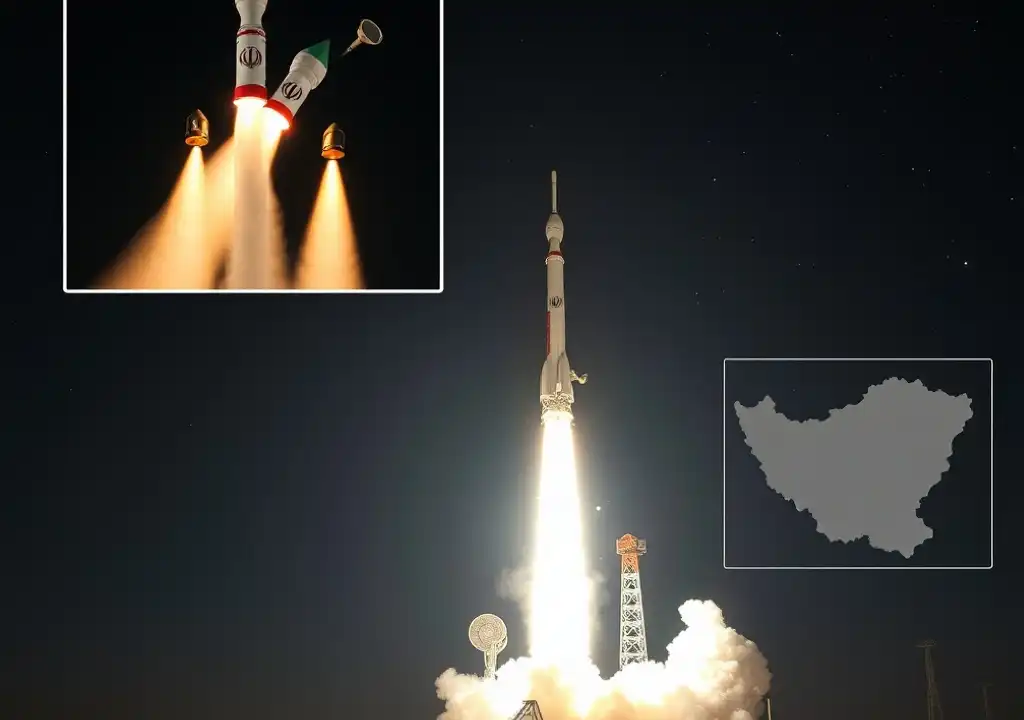Simorgh rocket delivers multiple payloads as Tehran pushes ahead with space and missile development.
Iran has successfully launched three satellites into orbit using its domestically developed Simorgh (Phoenix) carrier rocket, marking a significant milestone in its space ambitions. The launch, carried out by the Ministry of Defence and Armed Forces Logistics, sparked fresh concerns among Western powers regarding Iran’s expanding ballistic missile capabilities.
The satellites were deployed into a minimum orbit of 450km (280 miles) on Sunday. According to state media, the payload included one 32kg satellite and two nano-satellites, each weighing under 10kg. The smaller units, named Kayhan-2 and Hatef-1, are designed to test narrowband communication systems and geopositioning technologies.
The larger satellite, Mahda, developed by the Iranian Space Agency, is intended to evaluate the Simorgh rocket’s capacity for multi-payload deployment. Simorgh has experienced several failed launches in the past, making this success particularly notable.
Launch Confirmed at Semnan Facility
An analysis by the Associated Press confirmed the launch site as the Imam Khomeini Space Center in Iran’s Semnan province. State television broadcast dramatic footage of the liftoff, with a reporter declaring, “The roar of the Simorgh [rocket] resonated in our country’s sky and infinite space.”
The launch comes amid rising regional tensions, particularly due to Israel’s continued military campaign in Gaza. Iran-backed groups in Yemen, Iraq, Syria, and Lebanon have carried out retaliatory attacks against Israeli and U.S. interests, raising fears of a broader regional conflict. Over 26,000 Palestinians have reportedly been killed in Gaza during nearly four months of bombardment.
Western Concerns Over Dual-Use Technology
This event follows a separate launch earlier this month by Iran’s Revolutionary Guards of the Sorayya satellite, which Europe suspects may support the development of long-range ballistic missiles. Tehran rejected such claims, asserting its sovereign right to peaceful technological advancement in aerospace.
The U.S. intelligence community’s 2023 threat assessment warned that satellite launch vehicles like Simorgh could advance Iran’s ballistic missile capabilities. Though UN sanctions related to Iran’s missile programme expired last October, Washington continues to assert that Iran’s launches defy a UN resolution discouraging ballistic activity related to nuclear weapons delivery.
Space Programme Resumes Momentum Under Raisi
Iran’s space programme, previously slowed under former President Hassan Rouhani to ease Western tensions, has regained momentum under President Ebrahim Raisi. Since the U.S. exited the 2015 nuclear agreement in 2018, Iran has accelerated uranium enrichment, though American intelligence agencies maintain there’s no evidence Iran is actively developing a nuclear weapon. Tehran insists its nuclear and space initiatives are entirely for civilian use.

